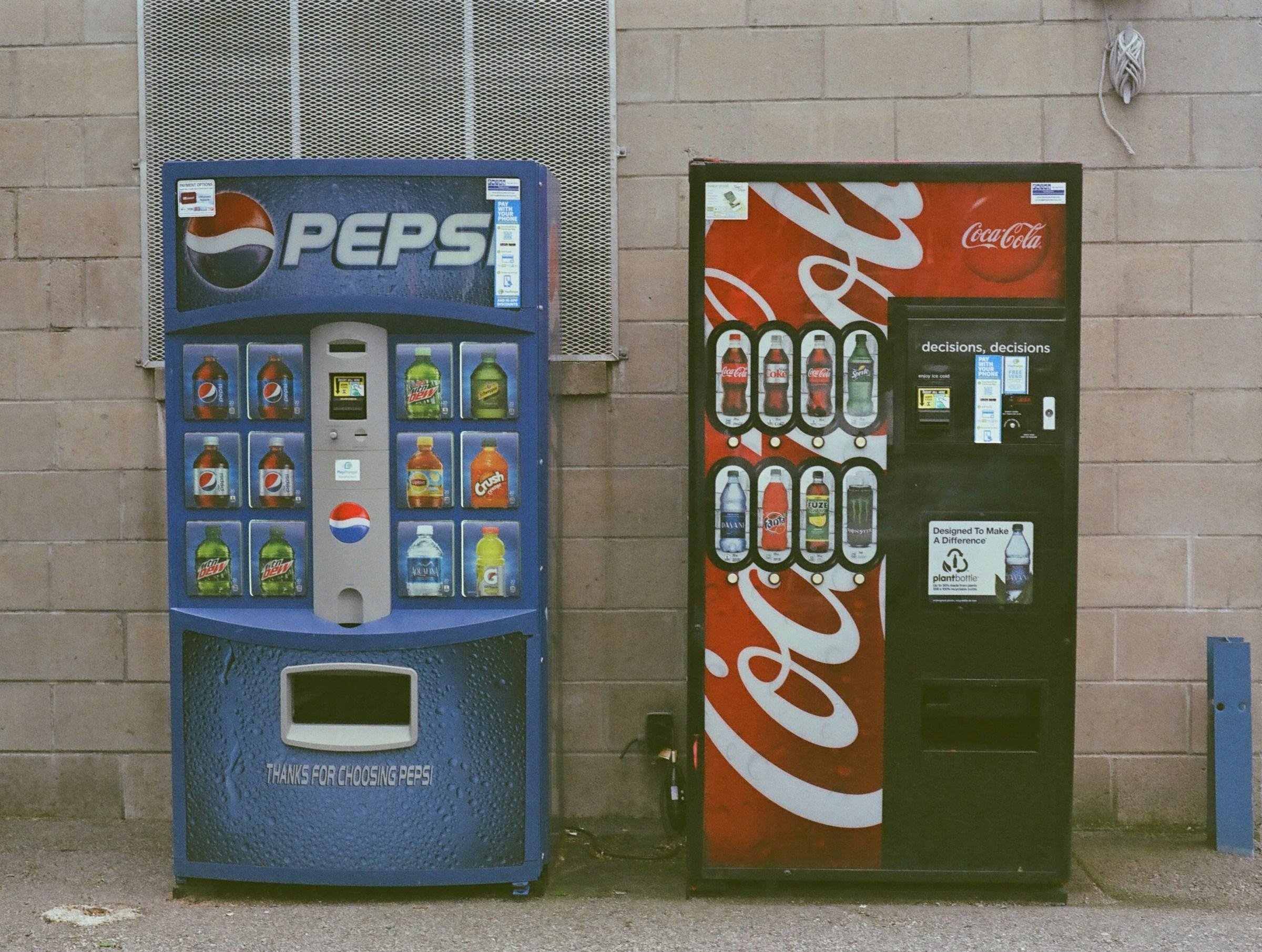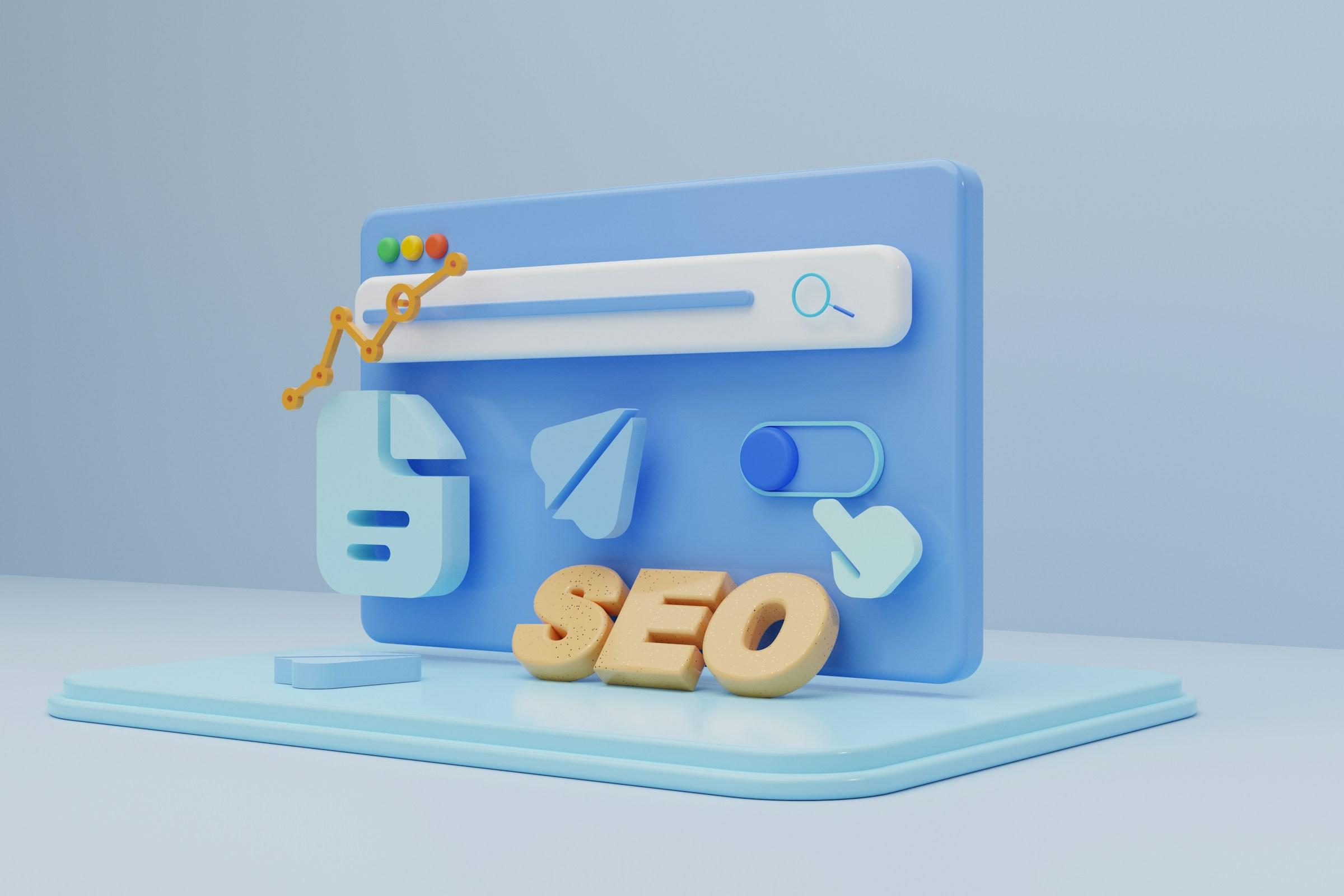Persuasion in writing is not a matter of clever slogans or theatrical phrases. It is the practical craft of turning doubt into motion. In a startup context, where every sentence competes with deadlines, inboxes, and a dozen open tabs, persuasive writing must behave like a system. It must show a reader that you understand their situation, reveal a believable path from pain to relief, and lower the personal risk of taking the next step. When those three conditions are present, words convert attention into action. When any one of them is missing, even elegant prose starts to sound like an advertisement reassuring itself.
Most teams begin in the wrong place. They chase the perfect sentence before they define the decision they want. The first task is to decide what action the piece is asking for, what single objection is most likely to block that action, and what single proof point will neutralize that objection. If you cannot summarize those three items in a single line, you are not ready to write the page, the email, or the pitch. Once the desired action is clear, the next step is to understand the reader’s mode. A person in research mode needs framing and vocabulary. A person in comparison mode wants tradeoffs and evidence. A person in commitment mode wants friction removed. Writing that pushes for a sale when the reader is still defining terms only creates resistance. Writing that dwells on definitions when the reader has already chosen between two vendors wastes momentum. Alignment is not decoration. It is the spine of persuasion.
The most reliable entry into a reader’s trust is precision about their friction. Do not describe a category. Describe a moment. It is not useful to say that time tracking is difficult. It is useful to say that a client calls on Friday and asks for a breakdown, and your team spends an hour reconstructing a week from calendar crumbs. That level of detail allows the reader to recognize themselves without effort. Relief begins the moment the problem is named with that level of clarity. The best writing continues by showing a small chain of cause and effect. People place more faith in processes than in promises. If you explain that untracked work becomes underbilled hours, underbilled hours compress gross margin, compressed margin encourages discounting to close deals, and habitual discounting trains customers to expect more discounts, you have moved beyond a claim. You have shown a system that the reader can test against their own operations. At that point, your product or service is not a logo. It is a lever.
Proof holds the middle of the page. It is not a decorative block at the end. Begin with a sharp data point that establishes credibility, and follow it with a compact story that makes the number human. The sequence matters. Numbers build trust quickly. Stories make that trust feel relevant. If you do not have your own numbers yet, you can borrow adjacent proof with integrity. Cite a well known study on the cost of context switching and explain how your workflow reduces context switches. The key is to connect, not to pretend. A vague number or a generic story wastes the reader’s patience, and patience is the only true currency you hold at the start.
Objections live inside the paragraph, not in a footnote. If your offer costs more, acknowledge the premium at the moment you state the value, then show the tradeoff you have chosen and why it benefits the buyer in the situations that matter. If setup looks heavy, name the setup plainly and walk the reader through the one step that makes it manageable. Objections that are hidden still exist. Objections that are named can be resolved. By bringing friction into the center of the message, you convert anxiety into a sequence of steps.
Action happens when distance collapses. Every persuasive piece should include a first step that feels safe and specific. Replace a broad instruction like book a demo with a directed motion like upload one invoice and we will show you the leak within a minute. Safety accelerates movement. Vagueness slows it. The first step should reduce effort, reduce time, or reduce exposure. If it increases any of those three, you are asking the reader for faith in the very place where you should be earning trust.
Language that persuades is quiet and precise. Good sentences do not perform. They deliver. Verbs do more work than adjectives. Concrete examples beat abstract labels. Robust analytics does less than a daily 8 a.m. report that flags accounts that slipped to red. Filler phrases signal insecurity. Long sentences full of self praise signal neediness. Read your copy aloud. Anywhere you feel your breath shorten, expect the reader’s patience to do the same. Make edits accordingly.
Readers skim, but they still respect substance. Structure your paragraphs so that the first line carries the claim and the following lines deliver proof or an example. Subheads should carry meaning rather than decoration. The goal is not to dumb things down. The goal is to provide clean entry points for a busy operator who may arrive at any section first. If a section cannot tell the reader why it matters in its opening lines, you are asking the reader to fund your exploration. That is not a reasonable ask.
Emotion still matters because decisions come from people, not spreadsheets. The point is not to stage emotion with exaggerated language. The point is to earn it by honoring context. Describe the real cost of the problem, including the pride that comes from doing good work, the time pressure that steals focus from teams, and the trust that frays when systems fail at the worst moment. Then offer relief that is proportional to the cost you have just acknowledged. Oversell and you signal desperation. Undersell and you signal uncertainty. The right balance feels like competence.
Social proof works best when it looks like a system rather than a trophy case. One quote cannot speak to three industries or three stages of scale. Curate proof so that each voice mirrors a target segment, and make the takeaway explicit. Sequence the proof in a progression that a skeptical buyer will respect. Show a small team win first, a mid market rollout second, and an enterprise control story last. The goal is not volume. The goal is relevance that anticipates the buyer’s next question.
Editing is where persuasion becomes durable. Close every loop you opened. If a sentence raises a question, answer it with proof, acknowledge the tradeoff, or point to the next step that resolves it. Loose loops create doubt. Doubt slows movement. A simple four pass protocol will carry most teams far. Pass one for clarity. Pass two for proof. Pass three for objection integration. Pass four for rhythm. Then stop. Endless edits tend to sand off conviction and leave the page smooth and forgettable.
Treat your writing like a product. Define the behavior you expect from each section. The opener should lift scroll depth. The proof block should increase time on page and reduce exits from pricing. The call to action should raise clicks without hurting show rate. Instrument those events and move one lever at a time. Route content based on intent. Send long form to readers in research mode. Send comparison pages to retargeting cohorts who have already signaled interest. Do not judge a piece by likes if the intended action is a trial or a call. Vanity is cheap applause. Conversion is earned trust.
Teams that scale persuasion rarely do it through a single hero writer. They do it through a small pod with complementary strengths. Pair one operator who knows the customer’s lived reality with a writer who can translate field grit into clear prose, and a marketer who keeps the message tethered to positioning and segment strategy. Give them one owner metric and a weekly review that focuses on behavior, not taste. Keep a living document of phrases that customers use in interviews and support tickets. Those phrases are not raw material to be smoothed. Often they are the best opening lines you will ever publish. The customer speaks with the authority you are trying to earn.
Ethics is not a sidebar. Persuasion without ethics becomes pressure that damages reputation and deal quality. Make claims you can support. State tradeoffs where they matter rather than hiding them at the bottom of a page. Do not ignite fear you cannot resolve with a responsible path forward. Reputations are built in small increments and lost in a single stunt. If a tactic would embarrass you in a public forum or in a board review, cut it before it sees the light.
All of this can be held in a compact frame that you can carry into any writing task. Start by stating the reader’s moment with detail they trust. Show the cause and effect chain that explains why the pain extends beyond the surface. Place one crisp proof that can carry weight. Invite the key objection into the argument where it naturally arises and resolve it there. Offer a safe and specific first step. Close the loops you opened. Measure behavior section by section. Edit for verbs and precision rather than vibes and ornament.
The phrase techniques of persuasive writing gets thrown around as if it belonged to textbooks. In reality it belongs to operators. Use the exact phrase once for the search robot and write the rest for the human who has six minutes before a meeting and ten tabs open. The robot will never buy from you. The human will. Persuasion is operational clarity expressed in words. When your language matches a reader’s lived reality, when your proof can bear the weight of your claims, and when your next step respects risk, conversion follows. Most founders do not need more decoration. They need writing that behaves like a system and earns trust line by line.














